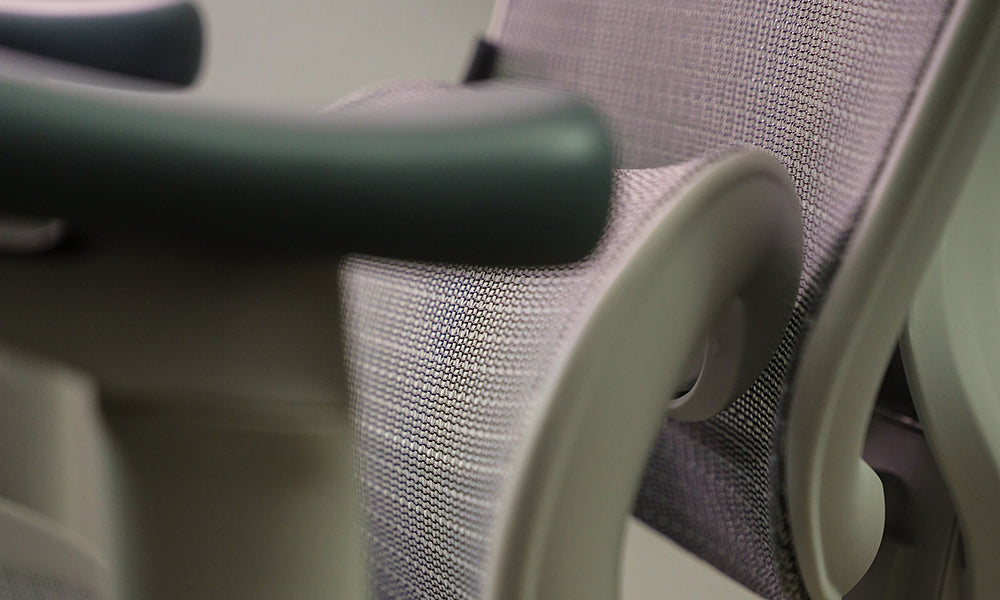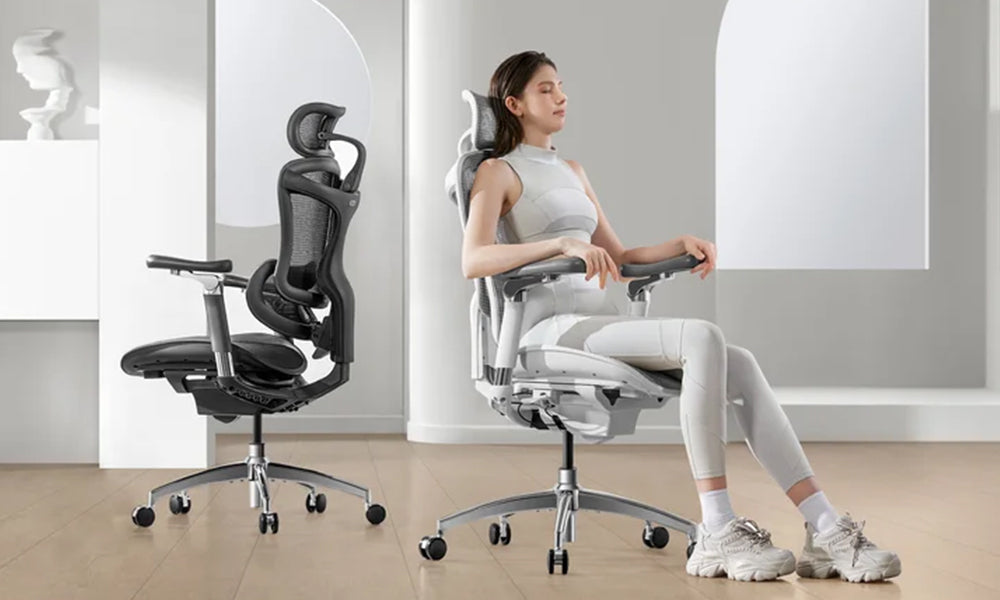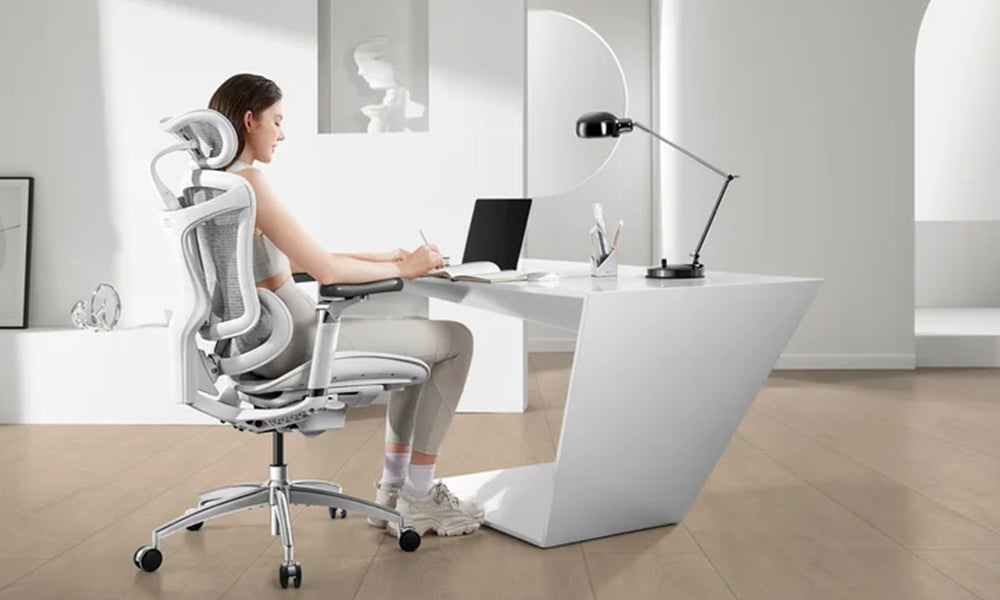In the modern world, where sedentary lifestyles have become the norm, the significance of proper seating cannot be overstated. Many of us spend a significant portion of our day sitting, whether it be at work, in front of a computer, or during leisure time. The design of chairs plays a crucial role in maintaining good posture and preventing long-term health issues. In this article, we will explore the effects of sitting in chairs without back support and delve into the potential harm it may cause to our bodies.
The Importance of Back Support in Chairs
1.1 Ergonomics and Posture:
Ergonomics is the study of designing equipment and devices that fit the human body, improving efficiency and preventing discomfort or injury. Chairs with proper back support are a fundamental component of ergonomic design. The absence of back support can lead to poor posture, causing strain on the spine, shoulders, and neck. Over time, this can contribute to chronic pain and musculoskeletal issues.
1.2 Spinal Alignment:
A chair with back support helps maintain the natural curvature of the spine. The spine has three distinct curves - the cervical, thoracic, and lumbar curves. When sitting without back support, the lumbar curve is often compromised, leading to a flattening of the spine. This misalignment can result in increased pressure on the intervertebral discs and surrounding structures, potentially causing disc degeneration and chronic pain.
Potential Health Issues Arising from Lack of Back Support
2.1 Lower Back Pain:
One of the most common issues associated with sitting in chairs without back support is lower back pain. The lack of lumbar support can lead to increased stress on the lower back, especially for those who spend prolonged hours sitting. Over time, this stress may contribute to the development of chronic lower back pain, affecting overall well-being and productivity.
2.2 Neck and Shoulder Strain:
In the absence of proper back support, individuals may tend to slouch or adopt unnatural positions, leading to strain in the neck and shoulders. This can result in tension headaches, stiffness, and discomfort. Chronic strain in these areas may also contribute to the development of conditions such as cervical spondylosis and shoulder impingement syndrome.
2.3 Impact on Breathing:
Sitting without back support can affect respiratory function. When the spine is not properly aligned, it can compress the chest cavity, restricting the ability of the lungs to expand fully. This may lead to shallow breathing, reduced oxygen intake, and fatigue. Over time, compromised respiratory function can have broader implications for overall health and vitality.
Tips for Choosing and Using Chairs with Proper Back Support
3.1 Selecting Ergonomic Chairs:
When choosing chairs for work or leisure, prioritize those with ergonomic designs that offer adequate back support. Look for chairs with lumbar support, adjustable features, and a design that encourages proper posture. Ergonomic chairs are an investment in long-term health and well-being.
3.2 Utilizing Cushions and Pillows:
For chairs that lack built-in back support, consider using cushions or pillows to provide additional support. Position these accessories to support the natural curve of the spine, especially in the lumbar region. This simple addition can significantly improve comfort and reduce the risk of adverse health effects.
3.3 Taking Breaks and Practicing Good Posture:
Regardless of the chair's design, taking regular breaks from sitting and practicing good posture are essential for maintaining spinal health. Incorporate stretching exercises, stand up, and walk around periodically to prevent stiffness and promote blood circulation. Additionally, be mindful of sitting with a straight back and avoiding prolonged periods of slouching.
Conclusion
In conclusion, the absence of back support in chairs can indeed be harmful to our health. The impact extends beyond immediate discomfort, potentially leading to chronic issues such as lower back pain, neck and shoulder strain, and compromised respiratory function. Understanding the importance of ergonomic design and adopting healthy sitting habits are crucial steps toward mitigating these risks.
As we navigate an increasingly sedentary world, it is imperative to prioritize our well-being by investing in chairs that provide proper back support and by incorporating habits that promote good posture. By doing so, we can safeguard our spinal health, reduce the risk of musculoskeletal issues, and enhance our overall quality of life.



